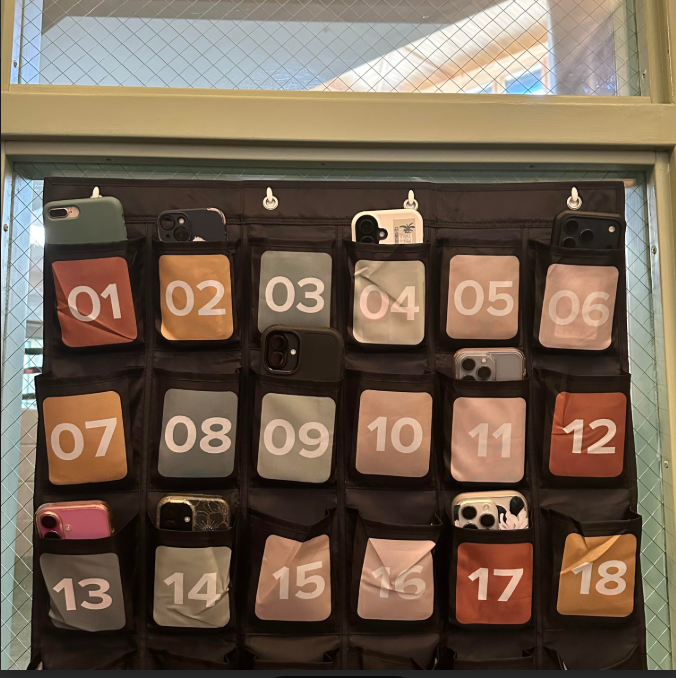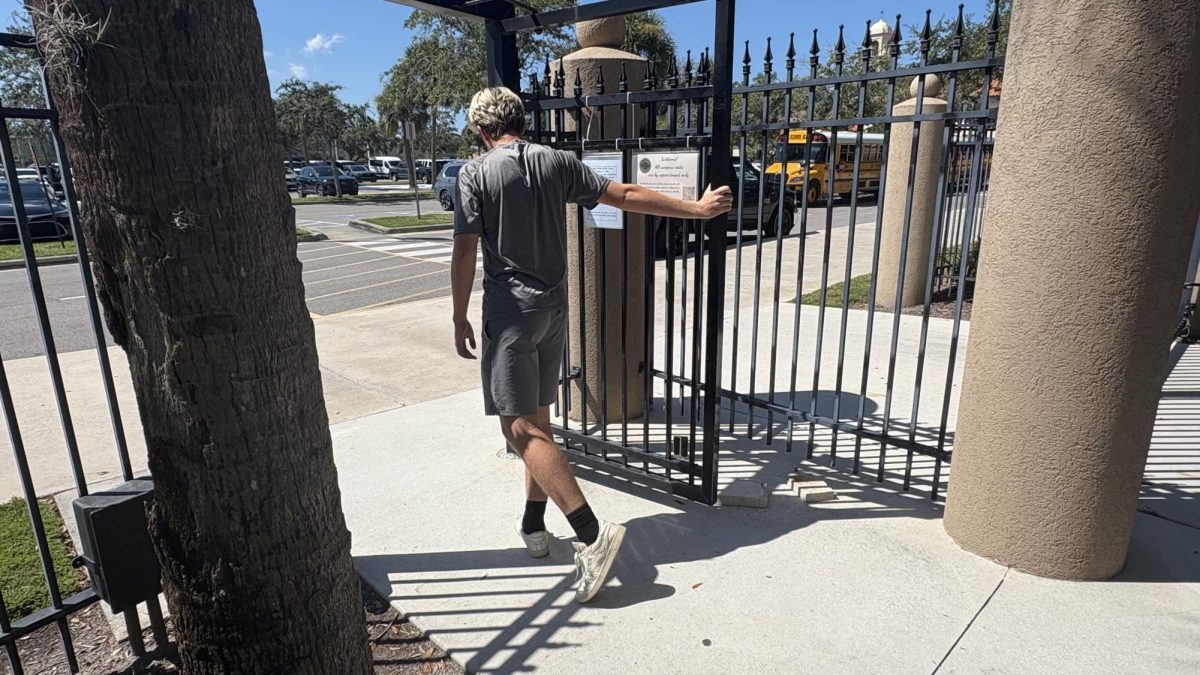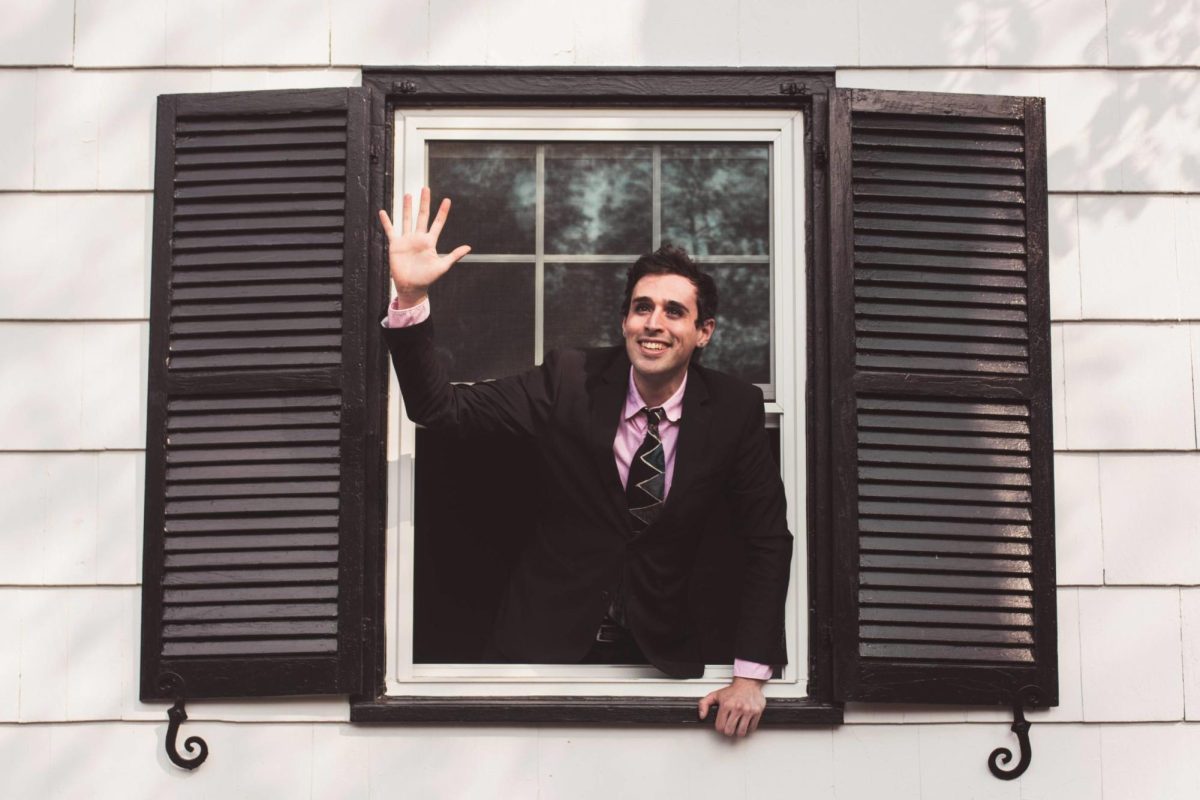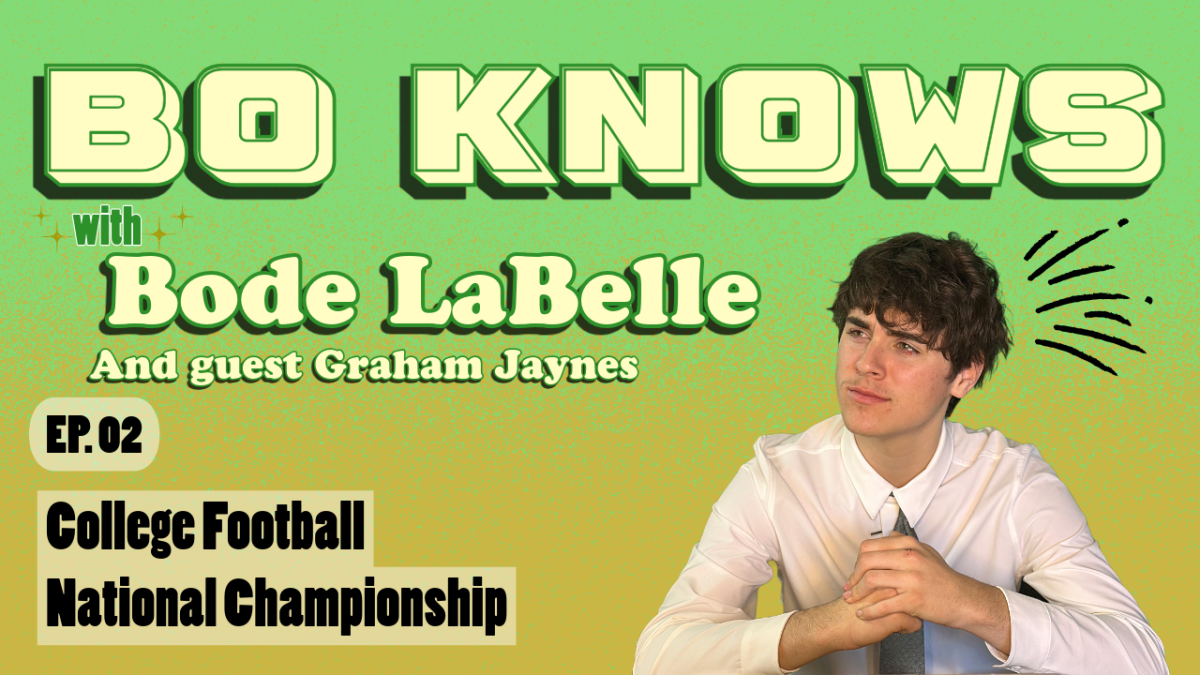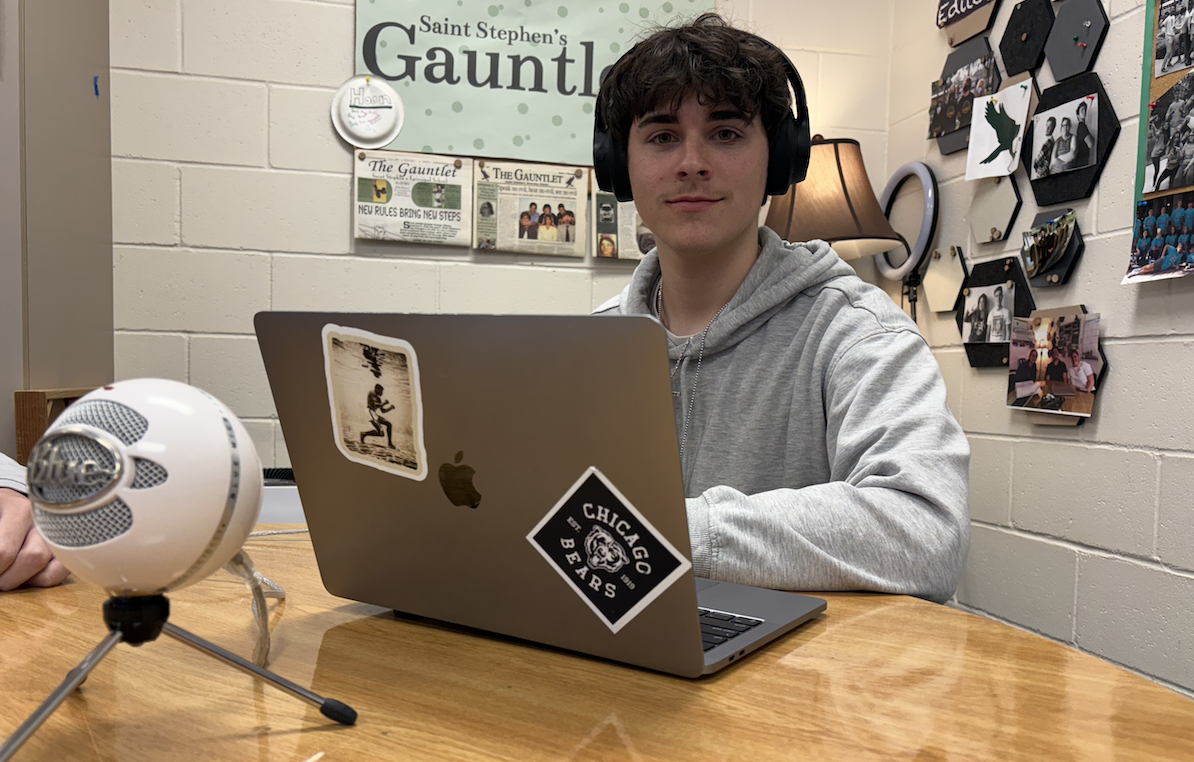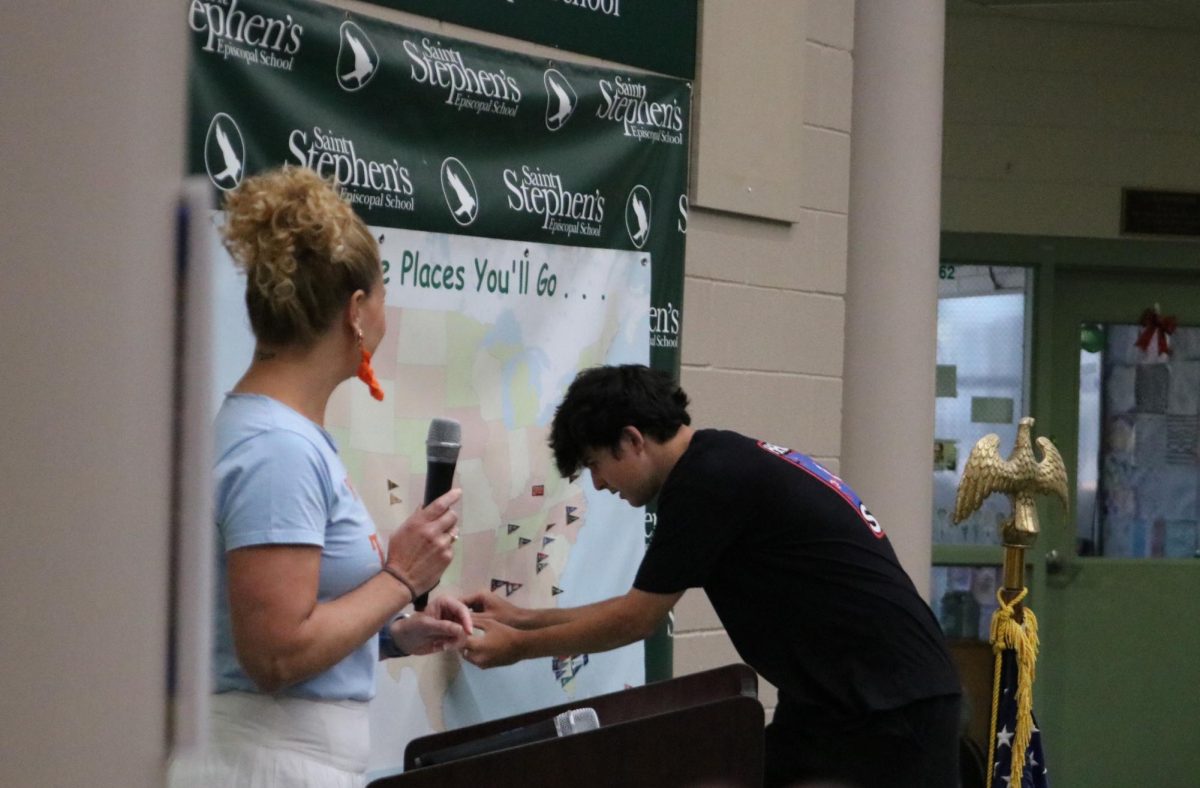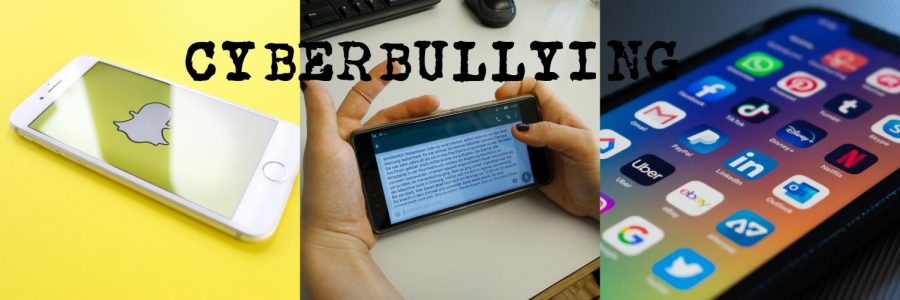Are your social media apps doing enough to protect you?
Taking action against issues like cyberbullying is extremely important, and social media platforms are joining in.
On February 13th, Snapchat announced the implementation of a new in-app mental health resource center called Here For You. The feature was designed for the purpose of supporting the mental health issues of its users, and hopefully contributing to an overall safer internet.
But how effective will the new component really be? Will it be a game-changer, or more of a gimmick?
The launch of the new resource feels a bit like it’s an attempt to “appear” like Snap cares, but do they? And more generally are social media companies doing enough to combat the mental health problems that arise from the use of their products? And should we, as consumers, be more aware of these dangers?
Snapchat isn’t the first social media app to release mental health safety precautions. Apps like Instagram and Facebook also have released safety features such as enhanced blocking of negative comments and anonymous reporting of users/posts that are offensive. ![]() Loading ...
Loading ...
However, especially for apps like Instagram that are notorious for playing a role in the depletion of self-confidence levels of users across the world, it seems like there should be more being done to improve the mental health consequences of social media usage.
Online bullying is one serious issue that has not been improving in the social media world at all. In fact, it’s gotten worse as usage continues to grow.
In the statement that Snap released on their site in mid-February, they made the point that the app was created with the core values of “ephemerality” (meaning messages and posts last only for a short temporary time) and “privacy.”
If you don’t have the popular app or don’t know how it works, Snapchat is universally known for its use of temporary, disappearing messages and pictures that can only last one day or less unless saved in the chat.
It seems pretty private and innocent then, right? Messages and photos can’t last longer than a day? Eh. Not exactly.
Ephemerality and privacy don’t really make the Snap platform any less dangerous to mental health. Hurtful things can always be said, shown, or saved, regardless of the time limit on the content.
Especially considering the current state that our world is in right now, it goes without saying that we need to remain kind to each other, as we all may be struggling with different issues while stuck at home with not much other than our technology to keep us company.
As much as we all hate to admit it, we’re addicted to our technology. It’s an essential part of life for most of the population and the world is becoming more technologically advanced by the day.
But, along with advancement and change comes unintended consequences and new problems, and one consistent issue is cyberbullying.
Cyberbullying occurs through social media, texts, apps, gaming– pretty much any way that we connect online. It includes any negative, fake or harmful messages, responses, posts or photos that would potentially hurt or embarrass victims.
And its effects can be permanent and public, as it entails peoples’ reputations.
Cyberbullying has been on the rise over the past 15 years or so. While all 50 states now have cyberbullying laws, that doesn’t seem to be stopping the issue.
Currently, 59% of teens in the U.S. alone have experienced bullying online, according to the Megan Meier Foundation, and 90% of teens believe that cyberbullying is a serious issue today.
While the steps social media platforms are beginning to take to install more safety for their users is headed in the right direction, there’s only so much a warning about inappropriate or abusive content can do.
The truth is that people’s insecurities or frustrations can easily turn them mean and disrespectful towards others, especially teens and especially when it’s through a screen
Words hurt, and the internet has proven to be one of the most effective causes of breaking down confidence levels. Whether it’s from nasty comments or posts targetting someone, or just the danger of comparing one’s self to seemingly perfect Instagram models, there are dangers lurking in all corners.
Also, it’s easy to hide behind a screen and make snap judgments and comments. It’s important to remember that on the other side of the screen there are real people with real feelings. When considering disliking or disagreeing or commenting negatively on an online post, remember it’s usually best to either wait to respond or think critically about how you respond.
In 2011, the movie Cyberbully, based on a true story, came out. It follows the story of a teenage girl named Taylor Hilldridge who gets cyberbullied so badly that she tries to take her own life. This was just one person’s story regarding the issue, but it’s far from being the only instance, unfortunately.
It’s essential that we all try to just be kind to one another, and if you know anyone who’s struggling with any form of bullying, reach out and try to help. Even just a simple checking-in can make a world’s difference. Our society has enough toxicity (with a viral, infectious disease sweeping the globe) without the added pressure of cyberbullying.
Signs of cyberbullying include increases or decreases in device use, someone hiding their screen when others are near, avoiding discussion about what’s on their screen, shutting down social media accounts, withdrawal or disinterest in activities or people, and avoiding social situations.
If you or anyone you know is a victim of cyberbullying or bullying at all, make sure you do what you can to help. On campus, it’s recommended to go to the technology department to report any instances of cyberbullying. If that doesn’t work, reach out to a trusted adult especially if you see the situation rising to a level where someone could potentially get hurt.

Ansley Morris is an Associate Editor in her third year on the Gauntlet staff. She’s a senior who enjoys going to the gym, cooking, and going out on the...


